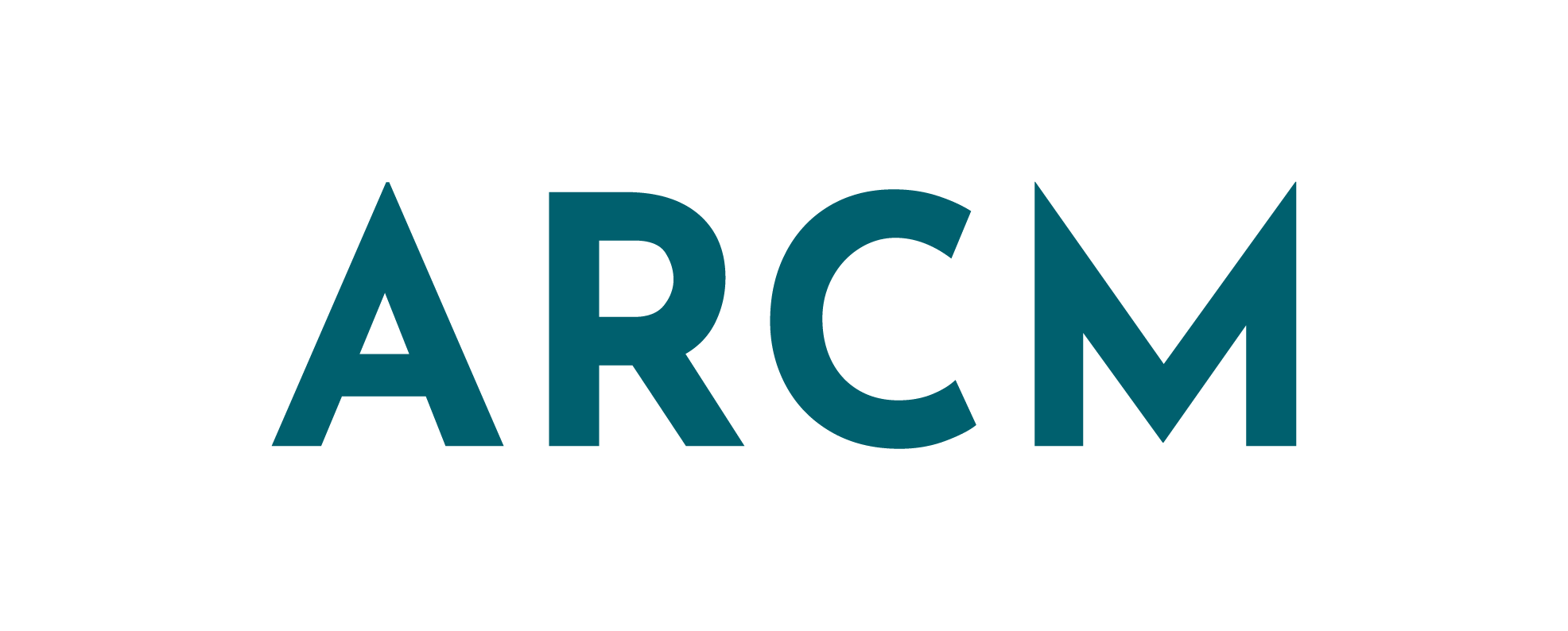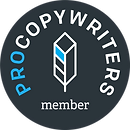We all know by now that website copy is deceptively complicated. The right words in the right place, sitting in the right design, linking to the right places, all come together to form a conversion gold mine.
And not only that, website copy needs to function as a megaphone for your brand and messaging, get your tone across, plus it needs to be user-friendly, accessible, and inclusive.
Getting website copy right takes time and why I always recommend bringing in a specialist. Just as I would never write a client’s ad copy (I have done it but it was yeeeeears ago and Instagram has changed a lot since then), you shouldn’t expect your in-house social media person to know how to write your website copy.
The key differences between SEO content and website copy
Before we dive into the mistakes, there is a very relevant misconception I want to clear up first. What you are reading right now is SEO content. It’s not just for the search engines of course, but I’d be lying if I said that wasn’t part of the motivation.
This is a piece of content designed to educate you about all things website copy. What it is and critically, what is isn’t.
Website copy on the other hand isn’t there for education. It is there to convert, inspire action, and leave someone (the right person at that) thinking “yes, this is the perfect person/product/service/company for me. They will solve this problem and I’m happy to invest to sort it”.
Longer form content and website copy need to inspire completely different feelings, respond to different needs, and prioritise very different search intents. So, we need to tackle them differently.
The 4 biggest mistakes I see in website copy (and how to fix them)
- Inconsistent use of tone and messaging
- Telling your life story and providing too much context
- Keyword stuffing for the sake of SEO
- Esoteric and jargon-filled language
1. Inconsistent use of tone and messaging
When you’re writing a lot of copy about one topic, it can be easy to slip out of the company’s tone of voice and into your own natural writing style. Whether you’re writing your own website copy for your solo/freelance business, you’re writing for a client, or you work in-house, anyone can fall into this trap. I definitely did earlier on in my career.
While you don’t necessarily have to have formalised tone of voice guidelines, they can be extremely useful. But it’s important to have something to reference back to.
My approach to tone of voice for client work
This is a huge part of why my onboarding process features an entire hour, recorded to future reference, where I ask my clients all kinds of questions about their messaging and tone of voice. Everything from “why do you lose out on leads after they’ve enquired” through to “if your brand was a cartoon character, what would their signature outfit be”.
These questions give me anchors to refer back to. Plus discussing the questions on the call allows me to dig deeper and pick up on the intricacies of someone’s language.
Additional resources and options to help you along
- How to create a simple tone of voice from scratch [blog]
- NEW: Book a tone of voice & messaging consultation (where I take you through part of my website project onboarding process)
2. Telling your life story and adding too much context
When you know everything there is to know about your business, it is natural to want to share that with everyone. However, it’s important to keep website copy concise and clear. Your clients will learn more about your services, processes, etc. in time. That’s all part of your onboarding process.
Website copy is where you sell what you do. The benefits, features, experience, and vibe of your business are all crucial parts of the selling process.
Your CV, life story, and minutiae of how every little bit of your business works, however, are not. Website copy doesn’t need to be as long as you think.
My approach to condensing website copy down
To be clear, I’m not saying that shorter copy is always better. There is a place for longer website copy, like this project I worked on for totality services. However, effective copy is about saying what you need to as clearly and as briefly as possible.
Your website copy is there to entice and convert. However, it doesn’t close the sale for you. That’s what your sales team or your own enquiry calls are for. You don’t need to give everyone every single bit of information available, all you need to cover is:
- What you do
- Who you do it for
- Benefits
- Features
- Price (even just a “from” price is fine)
- Timeline (if applicable)
- How to get in touch
Your service pages, in particular, do not need more information than that. You’ll notice that my service pages are succinct, clearly formatted, and give people all of the information they need to make an educated decision on whether I am the right person for their project.
Helpful resources to get you neatened up
- How much copy should I write for my website? [blog]
- Demystifying Website Copy [12 week email series]
- Book a website consultation call so we can audit your website together
3. Keyword stuffing for the sake of SEO
If you’ve been here before, you’ll know how I feel about keyword stuffing in website copy. Even in 2024, it is everywhere. And SMBs in particular are very guilty of this.
Keyword stuffing in your SEO content (blogs, case studies, etc.) is one thing. Doing it in your website copy is absolutely criminal. I completely understand why people want to do this but ultimately it only hurts your conversion and usability.
All too often, stressed out business owners and marketing managers approach me trying to understand why they’ve been penalised by Core Updates and Helpful Content Updates. So I peruse their websites and see pages with names like:
- [Service name] in [specific location]
- [Service name] in [other nearby location]
- [Service name] in [yet another location]
You catch my drift. It’s SEO tactics from 10-15 years ago and they simply don’t work anymore.
Pages split out by industry make a bit more sense to me, although aren’t something I would actively recommend. They can work but if (and only if) the copy is completely different on each page. Otherwise you run the risk of being penalised and one or more of those pages not being indexed at all.
How I approach SEO in my clients website copy
SEO has it’s place in the website copy process. But not in the way you think.
- Is SEO a big part of any website project? Yes.
- Does keyword research inform things like page titles, H1s, URL structure? Yes.
- Do analytics insights inform website structure and menu navigation? Yes.
- Is technical SEO an absolute priority for every website I work on? Yes.
But you know what isn’t? Long-form keyword-stuffed copy.
So many of my website projects revolve around decreasing the volume of content on the site. Like I said earlier, your website copy is about conversion, brand, messaging, usability. It’s not about SEO.
In fact, I don’t actively encourage intentional keyword placement anywhere outside of the content above the fold. But you know what? It turns up anyway as a natural part of the writing process.
Website copy needs to be succinct. Conversion needs to be priority number 1. The search engines and your audience are smarter than you think. You don’t need to over egg it by adding pointless FAQs to every page or shoehorning in awkward keywords in every sentence.
Helpful resources to improve your SEO focused content
- 5 ways to improve keyword density in your SEO content [blog]
- A guide to the 3 pillars of SEO [blog]
- The 2 SEO tools I absolutely swear by for me and my clients [blog]
4. Esoteric and jargon-filled language
No matter how technical your product or service is, you will always understand it more than your customers. That’s part of the job and a huge contributor to jargon filled, boring as fuck website copy.
The reality is that no one wants to work to find the information they need. If someone who could be a client is on your website and has to leave to Google what the fuck you just said…well, they’ll just leave.
Jargon is an issue I see mostly in slow growth SMBs who rushed together a website 5, maybe 10 years ago just so they had something. The person who wrote the website may not even be there anymore. And if they are, they’re usually a technical director or perhaps even the CEO.
And it’s not their fault. Writing website copy was never in their skillset and that is totally ok. The job of marketing is to translate potentially complex or technical concepts and turn them into something desirable.
How I approach messaging and language with my clients
Removing the jargon from client websites is a huge part of my job and often the bit that takes the most time. In order for me to translate these complex terms and confusing language, I’ve got to spend a lot of time interviewing the experts and doing online research.
Then of course, it comes to the revisions in the website copy. And sometimes, there are requests to put the jargon straight back in there.
While I understand the wish to be technically accurate in every way, that’s not what your audience needs at the stage that they’re viewing your website copy. Website copy isn’t technical documentation. Save that for client onboarding and your pre-sales architects.
If you’re worried about jargon in your website copy, ask yourself this: could my aunt/uncle/grandparent/cousin understand what this company does and why someone might need it just from reading the home page?
Every industry, no matter how complex, can be made understandable and clear with the right language.
Some resources to help you write clearer copy
- The science behind jargon, clear language, and website copy that converts [blog]
- 3 ways to manage your budget for website copy [blog]
- Write Your Own Fucking Content [4 week program]
Well, I think this has run on long enough, don’t you? If you want a hand creating a conversion-driven, user-first, and jargon-free website, let’s have a chat over a coffee.


